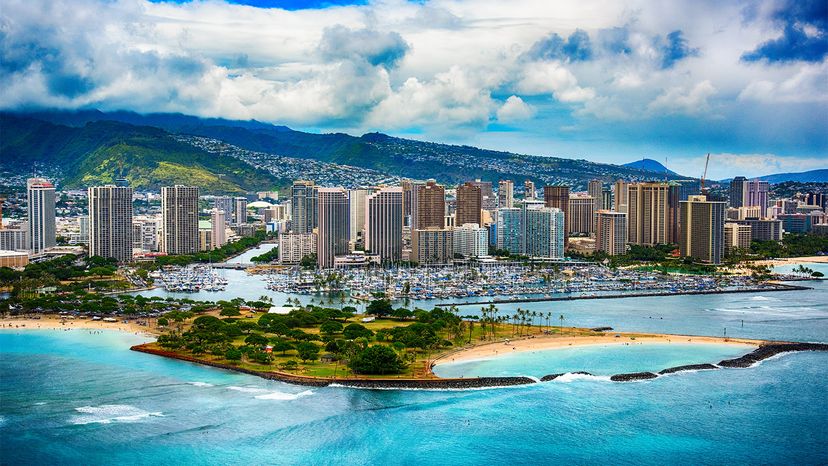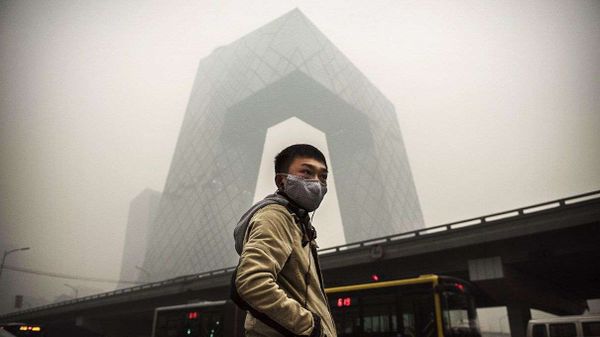
Air pollution is the result of invisible gases like ozone and carbon monoxide mixing with tiny solid or liquid particles. Together, they create the haze you see hanging over the skyline in your city on a hot summer day.
Ozone pollution comes from gases like exhaust from tailpipes and smoke from factory chimneys. It can cause lung diseases and trigger asthma. Particle pollution is mostly created by car and truck traffic, manufacturing, power plants and farming. Some particles are so small they can get past your body's natural defenses and into your bloodstream. Over time, breathing in particle pollution raises the risk for heart disease, lung diseases and lung cancer.
Advertisement
Since the Clean Air Act was passed more than 45 years ago, air quality has gotten better, even in the face of climate change. But most cities have bad air days, where ozone or particle levels spike over the limit set by the U.S. Environmental Protection Agency (EPA).
There are some welcome exceptions. The American Lung Association's "State of the Air" report ranks U.S. metro areas using EPA pollution data and several different sets of criteria. It lists several dozen cities that didn't have a single bad air day from 2014 through 2016, including:
- Casper, Wyoming
- Burlington-South Burlington, Vermont
- Wilmington, North Carolina
- Elmira-Corning, New York
- Colorado Springs, Colorado
Some cities have less of one kind of pollutant but more of another. Fairbanks, Alaska is a good example — it ranks well for lower ozone but has lots of particle pollution from long winters and all the wood-burning stoves.
Here are the top five major cities with the cleanest air in the world:
- Honolulu, Hawaii
- Halifax, Canada
- Anchorage, Alaska
- Auckland, New Zealand
- Brisbane, Australia
Wherever in the world they're located, the cleanest cities tend to have certain things in common. They all promote walking and cycling as well as the use of electric cars instead of motor-based transportation, have great public transportation systems and feature car-free zones in their city centers. They also rely on solar or wind power in some form or another to generate electricity.
Advertisement

